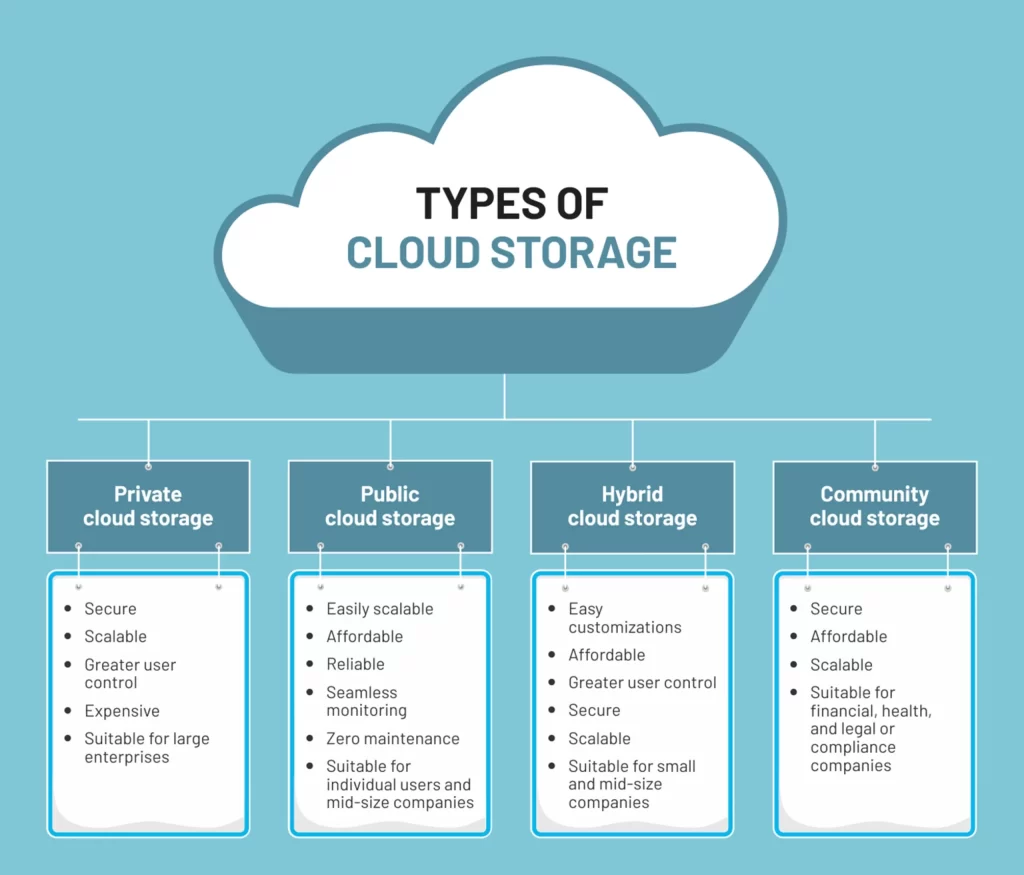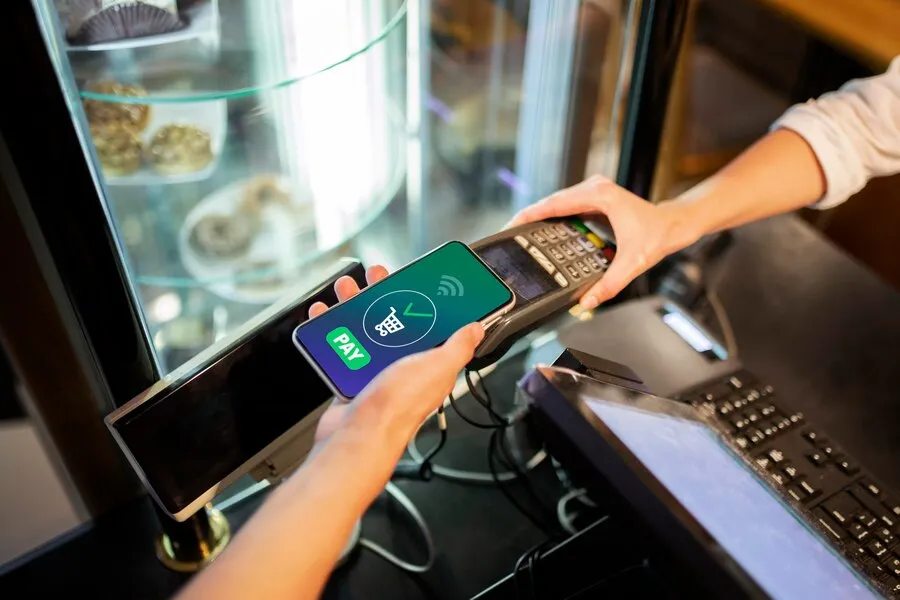As businesses strive for efficiency and enhanced security in their communication methods, cloud faxing has emerged as a modern solution. By leveraging internet connectivity, cloud faxing bypasses traditional fax machines, offering a more convenient and often more secure method of document transmission. Different types of cloud faxing cater to varied business needs, each with its own set of features and benefits. Understanding these options is key to selecting the right service for your organization. Below, we delve into the intricacies of cloud faxing and compare its different forms.
Understanding Cloud Faxing: An Overview of Its Evolution

Faxing technology has come a long way since its inception. Originally, it involved the transmission of scanned printed material via telephony networks. However, with the advent of the internet and cloud services, faxing has transitioned to a more versatile platform known as cloud faxing. This innovation allows for sending and receiving faxes over the internet, without the need for physical fax machines or phone lines.
Cloud faxing has largely been driven by the need for businesses to streamline operations and reduce costs. By moving to the cloud, companies are no longer required to maintain bulky equipment or dedicate physical space to faxing operations. Furthermore, the cloud infrastructure offers enhanced accessibility, as faxes can be sent and received from anywhere with an internet connection.
Moreover, cloud fax services have become more sophisticated, integrating with email, enterprise resource planning (ERP) systems, and other business productivity tools. This integration fosters a seamless workflow where documents can be faxed directly from applications that businesses use daily. Security features have also been a focal point of cloud faxing evolution, with end-to-end encryption and compliance with regulations like HIPAA and GDPR becoming standard.
Traditional Fax vs. Cloud Fax: Security and Compliance Considerations

The security of sensitive information is paramount in today’s digital economy, and this extends to the method of faxing documents. Traditional fax machines often lacked sophisticated security measures, leaving transmitted data potentially vulnerable. Conversely, cloud faxing generally offers enhanced security protocols such as secure file transfer and storage, user authentication, and data encryption.
Compliance with regulations is another critical component to consider. Many industries are governed by strict policies regarding the management and transmission of data. Cloud fax service providers invest in ensuring their platforms are compliant with standards such as HIPAA for healthcare, SOX for publicly traded companies, and GDPR for businesses operating in or with the EU.
Despite this, businesses must conduct due diligence to ensure their chosen cloud faxing solution meets specific compliance needs. Features like audit trails, secure archiving, and detailed reporting are vital for demonstrating compliance during audits and reviews. It is also important to understand the service provider’s policies regarding data sovereignty, especially for global operations.
Read More: The Invaluable Advantages of System Integration Testing (SIT)
Analyzing the Scalability of Cloud Fax Services for Businesses
Scalability is essential for growing businesses, and cloud fax services excel in this area. The ability to scale up or down based on demand is a key advantage over traditional fax machines, which require additional hardware and maintenance with increased volume. Cloud faxing can accommodate fluctuations in document transmission without any physical changes to the infrastructure.
Cloud-based services are designed to handle large volumes of faxes without compromising performance. This is particularly beneficial for businesses that experience peak periods of fax activity or sudden surges in document transmission needs. Service providers often use load-balancing and elastic resource allocation to ensure uninterrupted service during these times.
Furthermore, online faxing can be quickly and easily extended to new users or departments within an organization. This agility fosters a more responsive business environment where communication capabilities keep pace with organizational growth. The simplicity of adding new users contrasts markedly with the complexities involved in expanding traditional fax systems.
Overall, cloud faxing offers a multitude of advantages over traditional faxing methods. It aligns with modern business needs, offering scalability, cost savings, and enhanced security. More importantly, it opens the door to integrating seamlessly with other business systems, paving the way for increased productivity and streamlined communication. As each business is unique, it is essential to choose a solution that aligns with specific operational requirements and strategic objectives.




